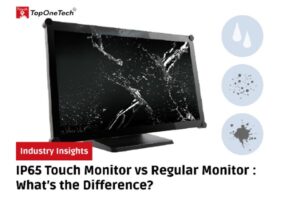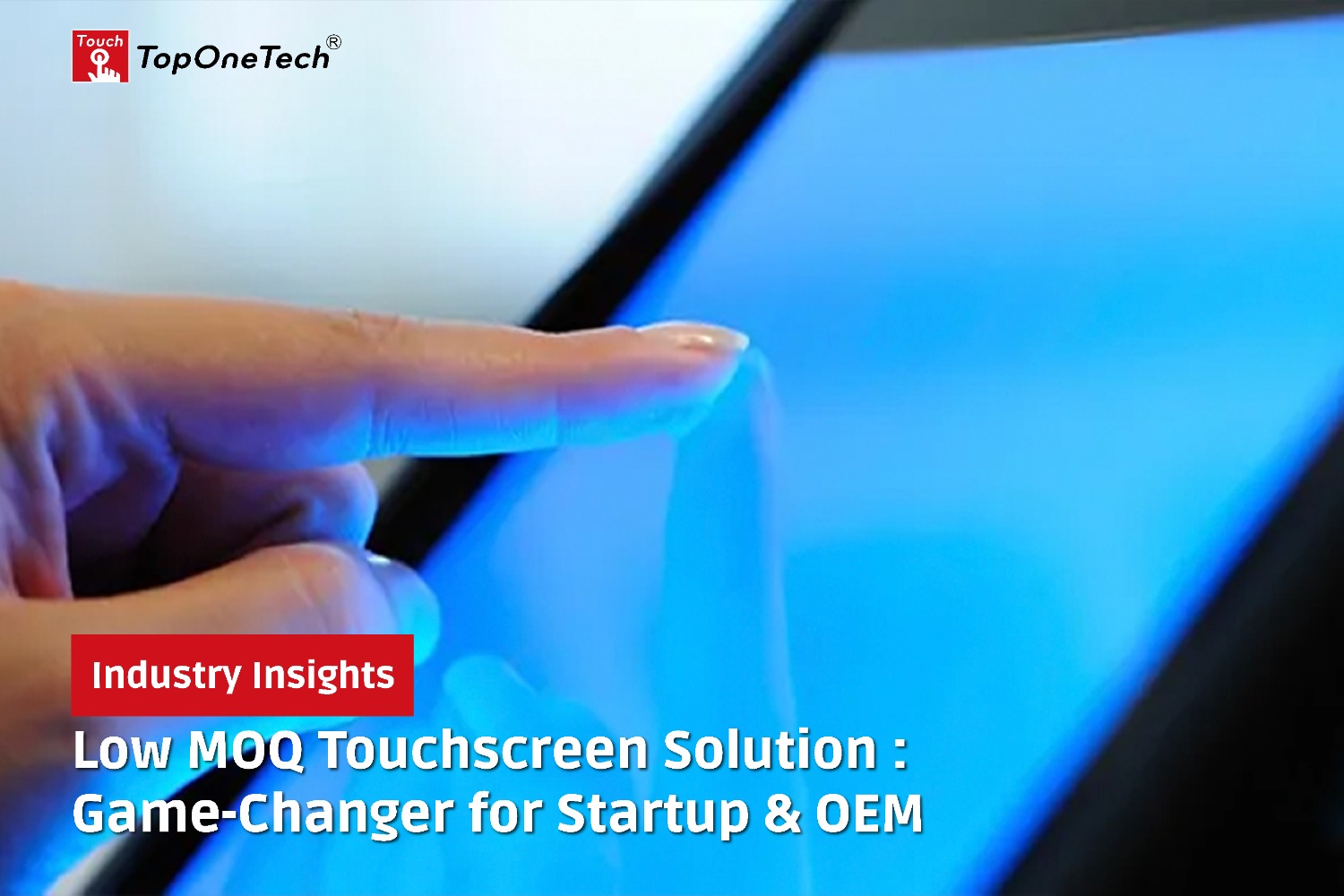
In today’s fast-evolving technological landscape, the need for specialized equipment is more crucial than ever. Whether you’re operating a manufacturing plant, a healthcare facility, or an outdoor kiosk, choosing the right monitor can significantly impact the efficiency and durability of your operations. This is where the comparison between an IP65 touch monitor and a regular monitor becomes essential.
1. Understanding IP Ratings
Before diving into the differences, it’s important to understand what IP65 means. “IP” stands for Ingress Protection, a standard that defines how well an enclosure can protect against foreign objects like dust and water. The first digit (6) indicates complete protection against dust, and the second digit (5) means protection against water jets from any direction. Essentially, an IP65-rated touch monitor is designed to withstand harsh environments that a regular monitor cannot.
2. Durability and Environmental Resistance
One of the most significant differences between an IP65 touch monitor and a regular monitor is durability. An IP65 touch monitor is specifically engineered to resist dust, moisture, and even water jets. This makes it ideal for industrial environments, outdoor applications, and places where there’s a high risk of exposure to elements. In contrast, a regular monitor is more suited for indoor use where it is protected from environmental factors. If exposed to dust or moisture, a regular monitor could malfunction or sustain permanent damage.
3. Design and Build Quality
IP65 touch monitors are built to be rugged and durable. They often come with reinforced casings made from materials like stainless steel or industrial-grade plastics. The touchscreens are typically made of tempered glass, which can resist scratches and impacts. On the other hand, manufacturers usually create regular monitors with aesthetics in mind, using lighter and less durable materials that are perfect for office or home environments but not for industrial or outdoor settings.
4. Touchscreen Functionality
While both IP65 and regular monitors can feature touch functionality, manufacturers optimize the former for use in challenging environments. Manufacturers often design the touchscreens on IP65 monitors to work through gloves or when wet, making them incredibly versatile in settings like factories or hospitals. Regular monitors with touch capabilities, while responsive, may not perform as well in such conditions, limiting their use to cleaner, more controlled environments.
5. Applications and Use Cases
Industries such as manufacturing, food processing, healthcare, and outdoor kiosks commonly use IP65 touch monitors. Their robust design ensures reliable performance even in the most demanding conditions. Regular monitors, on the other hand, typically serve in offices, homes, and other controlled environments. They are ideal for general computing, gaming, and entertainment purposes, where exposure to dust, water, or other elements is minimal.
6. Cost Considerations
Given their specialized design and features, IP65 touch monitors tend to be more expensive than regular monitors. This higher cost is justified by the added durability, environmental resistance, and long-term reliability they offer in harsh conditions. Regular monitors, being more affordable, are cost-effective for standard applications but may require more frequent replacements if used in unsuitable environments.
7. Maintenance and Longevity
IP65 touch monitors generally require less maintenance compared to regular monitors. Their sealed design prevents dust and moisture from entering, reducing the risk of internal damage. This can result in a longer lifespan and fewer repairs. Regular monitors, while easier to replace, may require more frequent cleaning and care to maintain their functionality, especially if used in less-than-ideal conditions.
Conclusion: Which One Is Right for You?
Choosing between an IP65 touch monitor and a regular monitor depends largely on the environment in which you plan to use it. If you’re working in an industrial, outdoor, or otherwise harsh environment, an IP65 touch monitor is the clear winner. Its durability, resistance to the elements, and long-term reliability make it a smart investment. However, for standard indoor use, where environmental factors are not a concern, a regular monitor provides excellent performance at a lower cost.
Understanding these differences will help you make an informed decision, ensuring that your choice of monitor aligns with your specific needs and operational conditions.
Top One Tech can customize IP65 Touch Monitors specially made for your application scenarios.
Don’t hesitate to contact us for further assistance :
Whatsapp/Call us at : +86 13631610695
Email : sales@toponetech.cn
See Also : Our Wide Range of Touch Monitor Products



